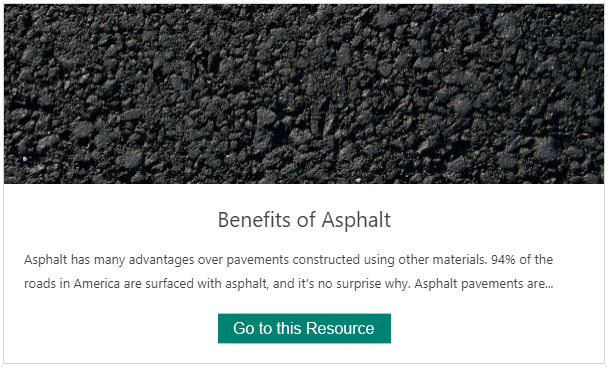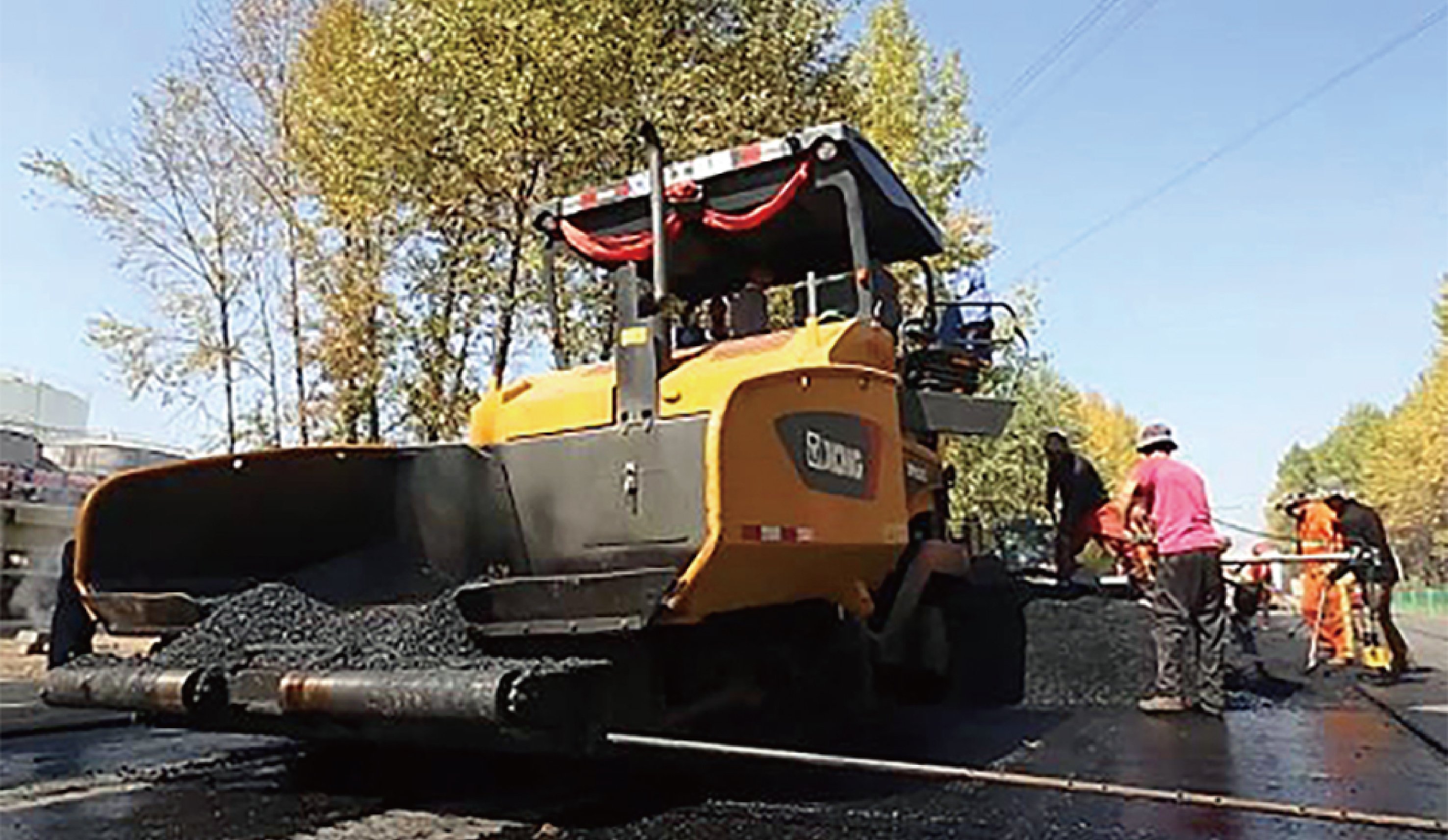Some Known Details About A1 Professional Asphalt & Sealing Llc
Wiki Article
Not known Details About A1 Professional Asphalt & Sealing Llc
Table of ContentsA1 Professional Asphalt & Sealing Llc for BeginnersSee This Report on A1 Professional Asphalt & Sealing LlcHow A1 Professional Asphalt & Sealing Llc can Save You Time, Stress, and Money.A1 Professional Asphalt & Sealing Llc Things To Know Before You Get ThisThe Buzz on A1 Professional Asphalt & Sealing Llc

The oil in a vehicle engine is not just oil. It has a selection of additives to improve the automobile's efficiency. These include polymers, thickness modifiers, heat stabilizers, extra lubricants, and use additives. The REOB includes all the ingredients that were in the waste oil as well as the wear steels from the engine (generally iron and copper).
By making several blends making use of different REOB examples and various asphalt binders, the variations mainly can be balanced out. Numerous States offered samples of recognized REOB structure to TFHRC researchers, that examined the samples to compare the percentage of added (known) REOB to the found (examined) quantity. The evaluations showed a comparable portion of included and discovered REOB.
The Greatest Guide To A1 Professional Asphalt & Sealing Llc
They received an overwhelming response. The TFHRC scientists analyzed 1,532 samples from 40 States, one Canadian district, and two Government Lands Highway divisions. They examined each sample twiceamounting to even more than 3,000 evaluations. None of those States recognized that the asphalt they were acquiring had REOB. One State insisted its examples had no REOB.Of the 1,532 examples evaluated, 12 percent included REOB, and some consisted of considerably high levels of it at 1020 percent. The highest degree was 34 percent in a sample from Texas, which TxDOT had utilized in a patching substance. This screening also exposed the presence of phosphoric acid in 11 percent of the samples, and 2 percent consisted of ground tire rubber.
Two years earlier at TRB's annual meeting, the Federal scientists held an REOB workshop and presented the searchings for of their research laboratory assessments to a standing room-only group. Although some firms do not specifically outlaw REOB, they do enforce physical tests that preclude its useeffectively a restriction. asphalt sealcoating in st louis. Others do not ban it by spec, but have contracts with asphalt suppliers to prevent using REOB
A1 Professional Asphalt & Sealing Llc Fundamentals Explained
A handful do allow REOB, some within specific limits. For instance, Ohio and Texas restriction levels to much less than 5 percent of the asphalt. To create a trusted test method that all States can use, the TFHRC researchers established a round-robin examination strategy. The participants are 11 State highway firms (Illinois, Massachusetts, Minnesota, Mississippi, Montana, North Carolina, Oklahoma, South Carolina, Texas, Vermont, why not look here and Wyoming), 2 independent testing labs, the Ministry of Transport in Ontario, Queen's University in Ontario, and an Ontario paving professional.In total amount, the scientists prepared and delivered 720 blends. The participants are checking the samples individually utilizing the standards given by the TFHRC scientists. The round-robin screening is almost completed, and TFHRC remains in the process of gathering the results. The outcome will be a proposed AASHTO test method that any State can embrace and use (asphalt paving repairs).
The pavement with REOB, which is located 0.6 mile (1 kilometer) from the pavement without REOB, has the same subgrade, website traffic density, and environment. Nevertheless, the segment of Highway655 with 5 to 10 percent REOB showed significant fracturing. In this example, the existence of REOB was the identified reason for splitting at a reduced temperature levels.
"In our experience in Canada, even small quantities of 23 percent can be an issue." An area of test pavement in Minnesota (MN1-4) discovered to contain REOB also broke prematurely. The sidewalk performed well for the initial 3 to 4 years, yet after that began to fracture. This pavement is additionally subject to low temperature levels.
Little Known Questions About A1 Professional Asphalt & Sealing Llc.
The tests were not substantial, but they revealed that at levels of 6 percent or even more, the tensile stamina of the asphalt went down considerably. At a degree of 3.5 percent REOB, the variation in the physical test approaches was better than the result of REOB. Actually, it was challenging for scientists to analyze whether REOB was existing.

One binder specification taken into consideration is the difference in between the low temperature crucial spec temperature level for tightness (S) in the bending beam of light rheometer and the flexing beam rheometer creep slope (m-value) noted as Tcritical. 2 independent study teams, one from AASHTO and the various other from the Asphalt Institute, wrapped up that more research study is required on the usage of REOB in asphalt.
Formerly, all asphalt screening determined design buildings such as stiffness. These tests do not reveal what materials had been included in the asphalt. One example obtained during the TFHRC research had an extremely weird analysis. The sample had the complying with examination results: Superpave PG 64-28 with a heat grade of 67.3 Tcritical on the flexing light beam rheometer was 6.7 degrees Celsius.

A1 Professional Asphalt & Sealing Llc for Dummies
These outcomes demonstrate there are weak points in the standardized engineering screening protocols that might be exploited. The manufacturer may have an economic benefit and the item passes all the standardized tests, but the product may not be useful to guaranteeing long-term efficiency. To address this issue and the growth of new asphalt additives and extenders, TFHRC is starting a research study program to use portable spectroscopic tools, x-ray fluorescence spectroscopy, and Fourier transform infrared spectroscopy to allow evaluations to be done in the area instead than needing to take examples back to the lab.Report this wiki page